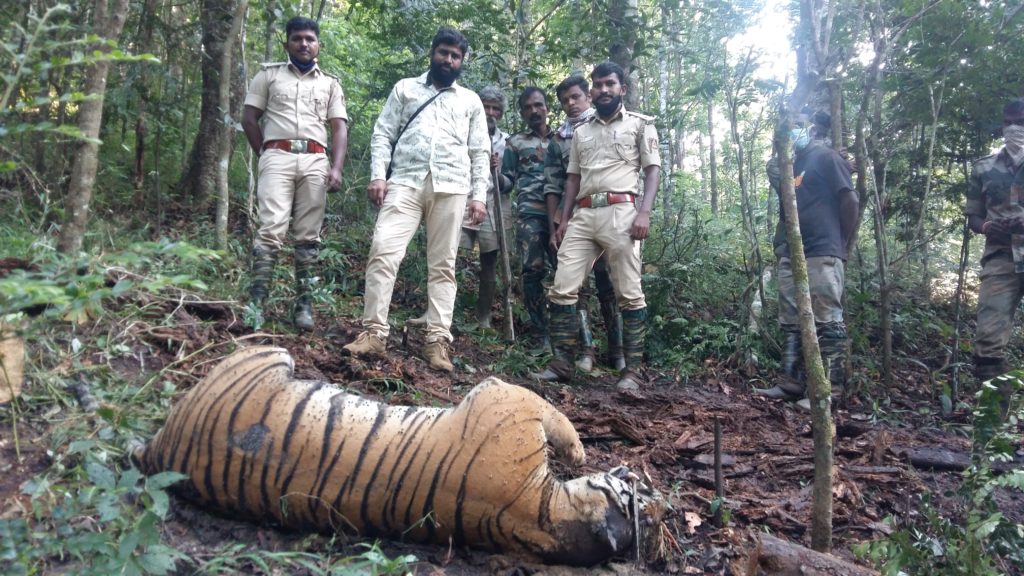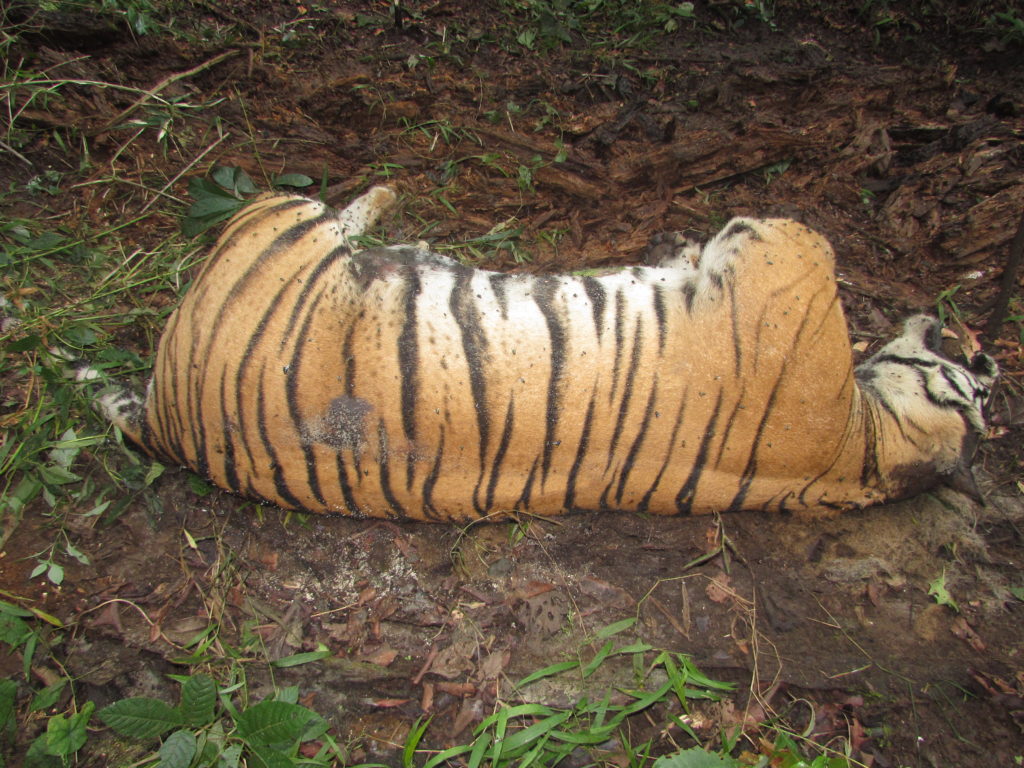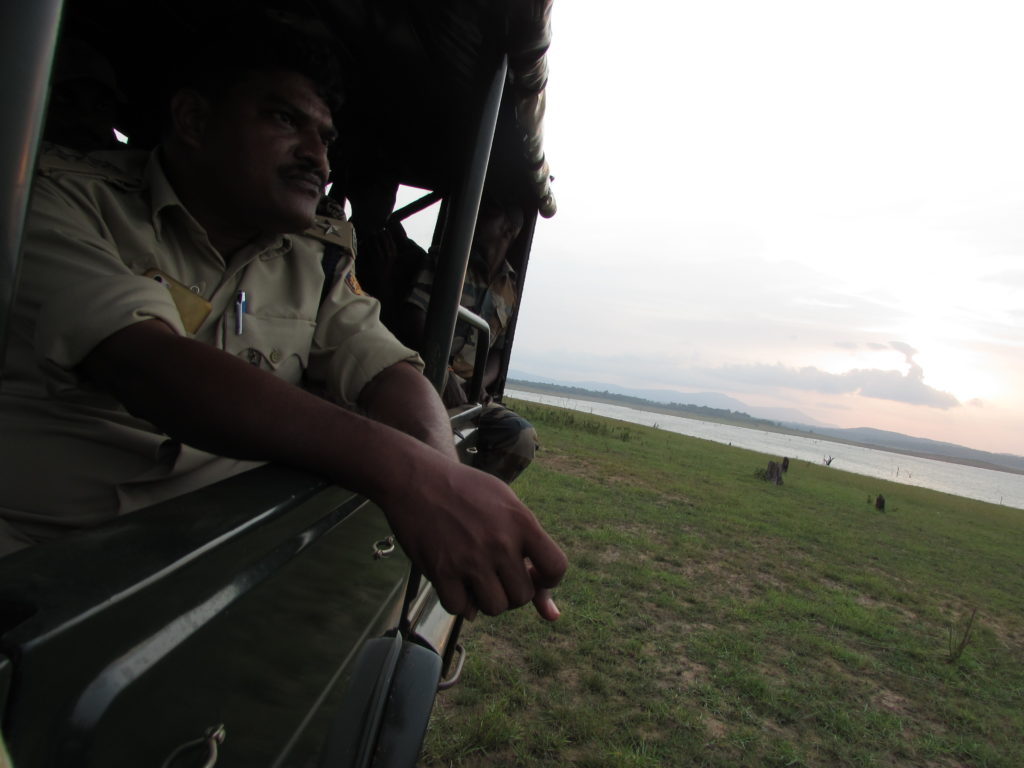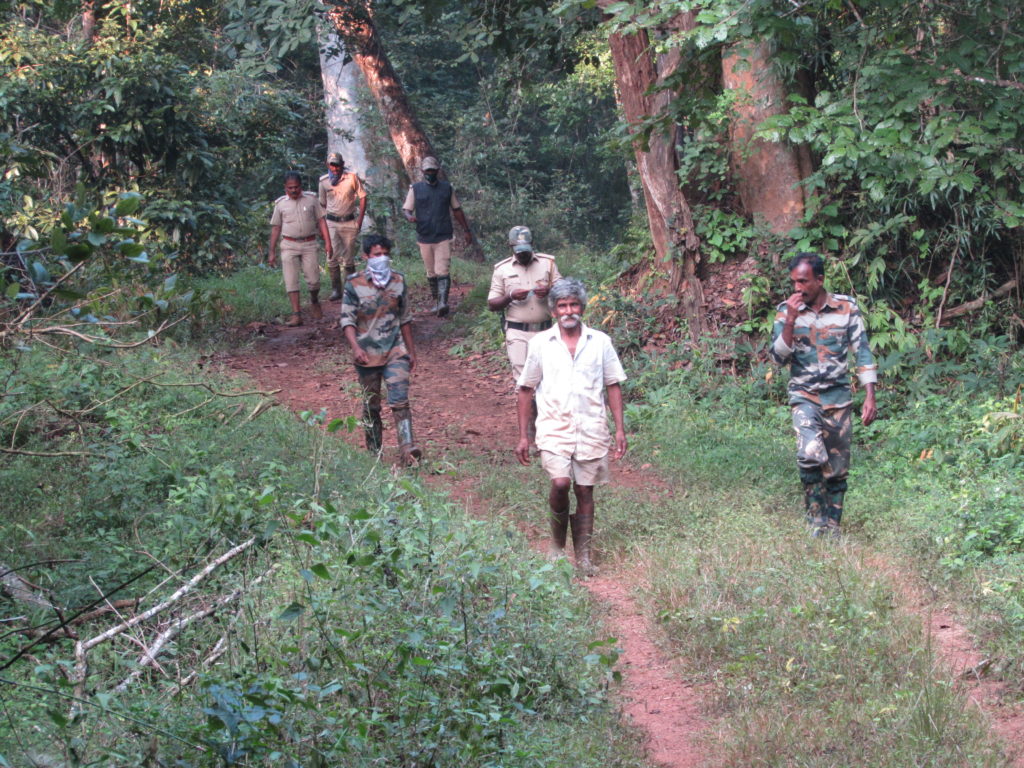By Meera Bhardwaj
One of the best tiger habitats in the country, the low- density, dry/moist deciduous and evergreen landscape of Bhadra Tiger Reserve (BTR) has scope for improvement and increase its tiger population. Presently, it has a population of 40-45 tigers but with a capacity to support more numbers. Further, the scope for expansion of BTR is on the cards as also improving its links with other protected areas.
Forest officials say with one more tiger carcass found on October 28th due to infighting, it clearly shows the tiger numbers are steadily increasing. However, the latest tiger status report is pretty clear about the low-density issue and stresses, “Bhadra TR has sufficiently large patches of habitat but it is of comparatively low tiger density and their nuclei are centred within the Protected Area complex.”
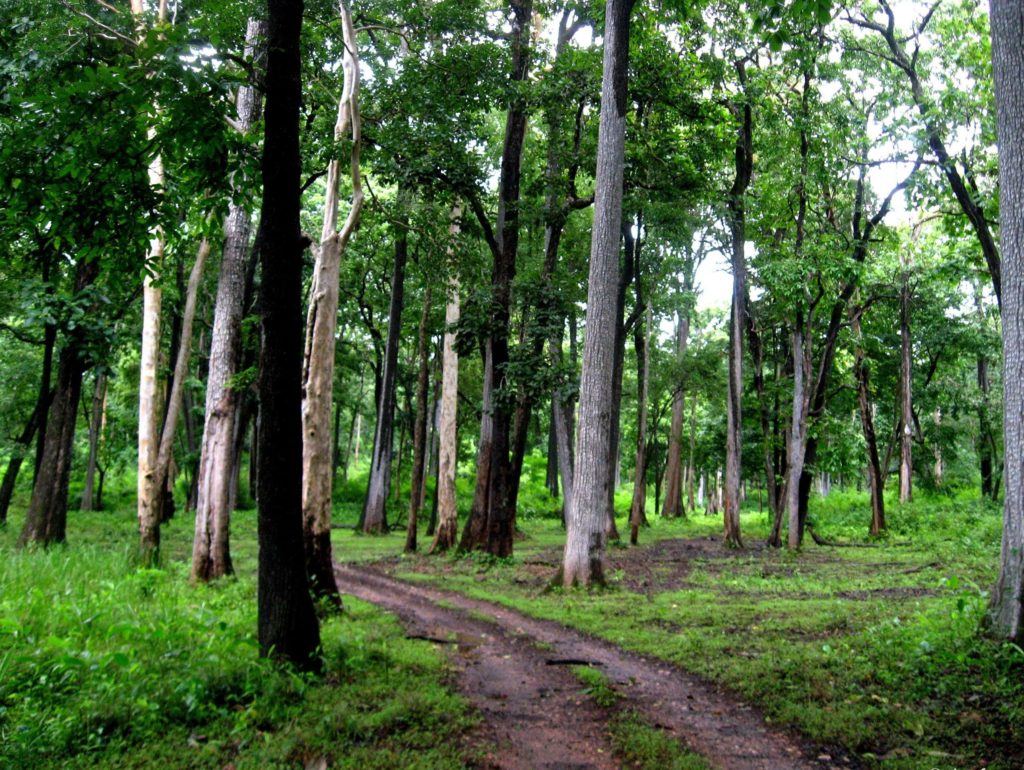
The forest habitat of BTR is quite good while the tiger population is steadily rising, says Takhat Singh Ranawat, Field Director, BTR. “Tigers are moving from core area to buffer area which itself is an indication of population increase. The habitat is getting good protection while it is a breeding centre where dispersal is happening. The moist deciduous and dense forests is not conducive for a good herbivore population unlike the dry scrub forests of Bandipur. But there is definitely scope for improving the tiger numbers which is happening steadily but not comparable to Bandipur or Nagarhole.’’
Many measures have been initiated like lantana removal and better habitat management for increasing the herbivore population. Apart from a good protective network, BTR has a high number of anti-poaching camps in and around the periphery. Signs of increase in numbers are there as infighting between tigers have been reported in the landscape.
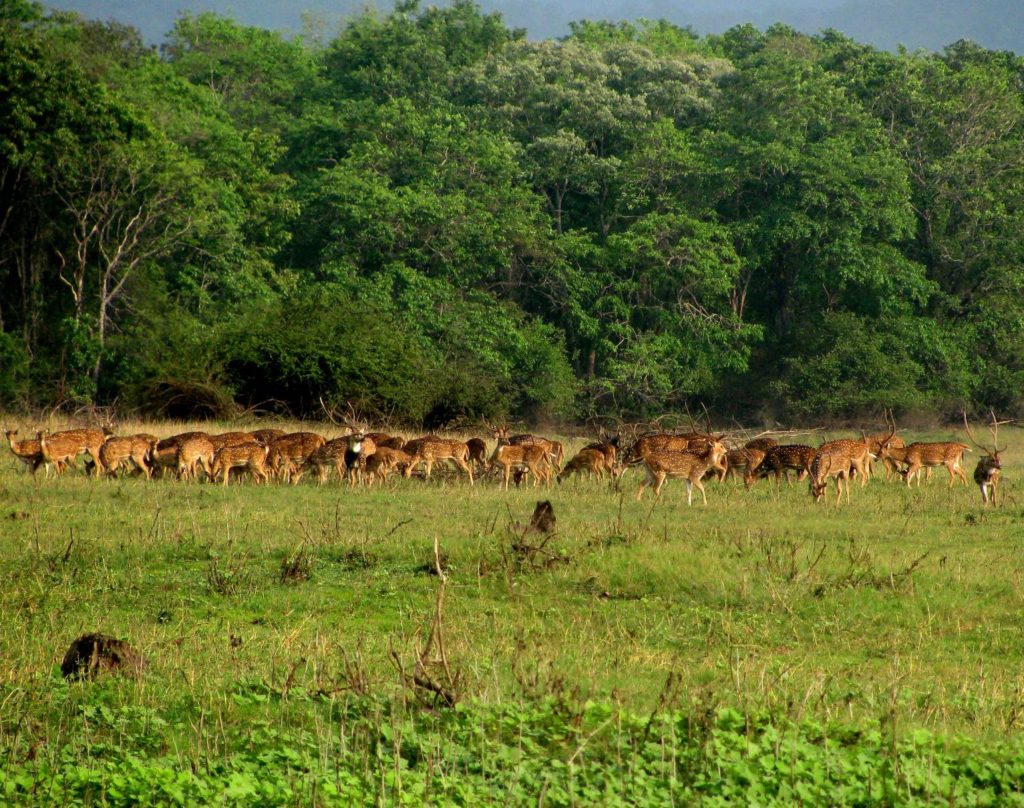
TIGER REPORT
As per the tiger status report, the population estimation of tigers for 2018-19, there are 38 tigers that are utilizing the Bhadra tiger reserve while there are 30 tigers within the reserve. Further, the habitat is good and the capacity to increase its numbers.
The report adds that the contiguous forested block in between Goa and Karnataka that is Mookambika-Anshi-Mhadei-Kudremukh-Bhadra complex has shown remarkable increase in tiger population since the last tiger assessment in 2014. In the current assessment, the population is estimated at 150 (145-155).
NATURAL DEATHS
Between 2017-20, Bhadra tiger reserve has lost five tigers and all due to natural deaths. The tiger deaths have occurred in the ranges of Hebbe and Tanigebail while three more have died outside BTR in N R Pura (Koppa division) and Umbalebailu (Bhadravati division).
A female tiger was found dead recently in the Hebbe range. The patrolling staff found the carcass of a 6-7-year-old tigress near Anemadu, Teggur Gudda camp road. The post-mortem revealed that the right side of the stomach had injuries (three to four wounds) while the right side of the neck too had injuries. However, all the tigress’ nails and teeth were intact. With no evidence of any foul play, the veterinarians deduced the death due to injuries in a territorial fight.
G Veeresh, Chikkamagaluru honorary wildlife warden says territorial fights are an indication of a good tiger population in BTR. “Bhadra is a well- protected tiger reserve having 40 anti-poaching camps. The ranges of Muthodi, Hebbe, Lakkavalli and Tanigebail have a good number of tigers. Further, the adjacent areas in the Koppa (NR Pura range) and Bhadravati divisions (Umbalebailu range) support a good number of tigers.”
CONNECTIVITY TO BHADRA
It was in 2017, one tiger cub from Aldara, Lakkavalli range migrated to Udase village of Mudigere range and traversed to the Kudremukh National Park. This is considered a “classic record” where tigers are dispersing from the Bhadra TR to other areas in search of a new territory. However, the tiger estimation report raises the issue of connectivity to BTR and says in the days to come, the existing corridors broken by farms and plantations may prove to be a big hindrance for tiger movement and dispersal.
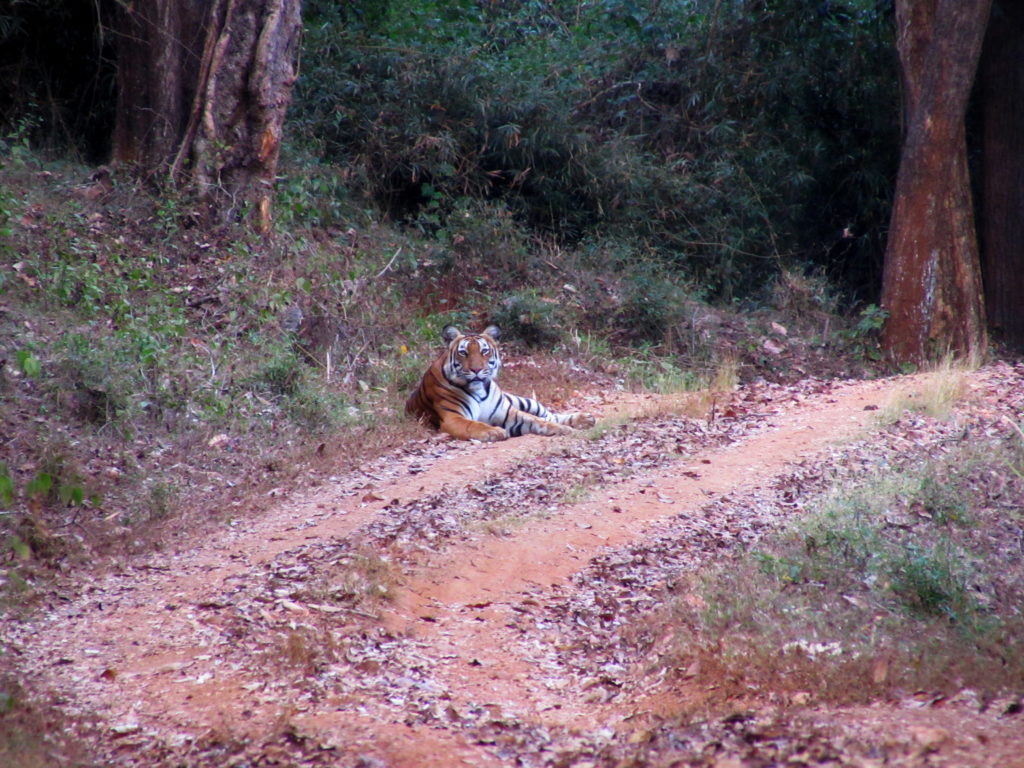
The Sharavathi-Kudremukh-Bhadra complex comprises the central part of the Western Ghats and includes Kudremukh NP, Bhadra TR, Someshwara WLS, and Shettihalli WLS. The corridors connecting these PAs pass through a mosaic of agriculture, plantations and ridge top forests and are very fragile.
SHETTIHALLI-BHADRA LINK
Apart from this, the connectivity between Bhadra TR and Shettihalli WLS is getting weaker along the state highway (SH-65) between Sheetur and Shedagaru. In fact, the reserve forests of Northern Cardamom Hills, Choranayedahalli, Kakanhosudi and Tamadihalli connect Shettihalli WLS to the northern parts of Bhadra TR. While this habitat matrix is permeable for wildlife movement like tigers, elephants, etc, it is dotted with agricultural developments that could grow into barriers later.
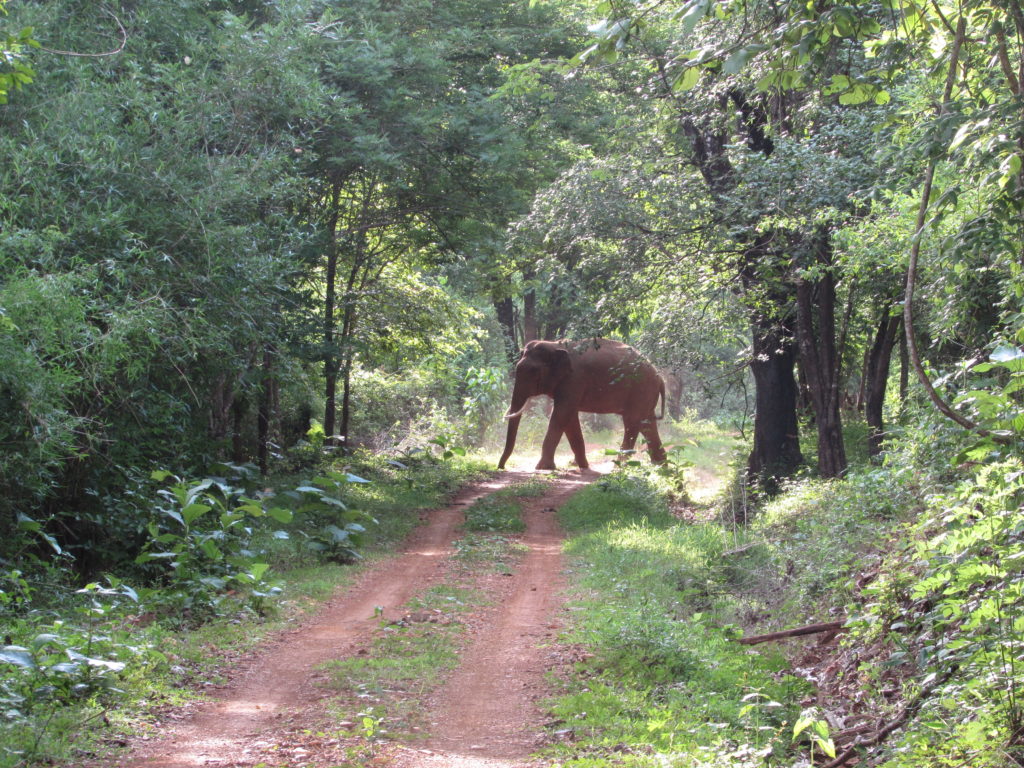
The connectivity to the northern portion of Bhadra TR with Shettihalli was only through ridge top forests and is now at risk of being broken at some places by fast agriculture developments especially along the state highway-65 between the towns of Seethur and Shedagaru.
MAJOR PROBLEMS
It is not easy to maintain this link and establish a better corridor here, the Bhadra Director adds. “Unlike Chikkamagaluru, we are having major problems in Shivamogga for connecting the links. We need to involve the people of this district as a lot of farm lands, some very near to Shivamogga town and the lands being fertile and highly irrigated, is not an easy task.”
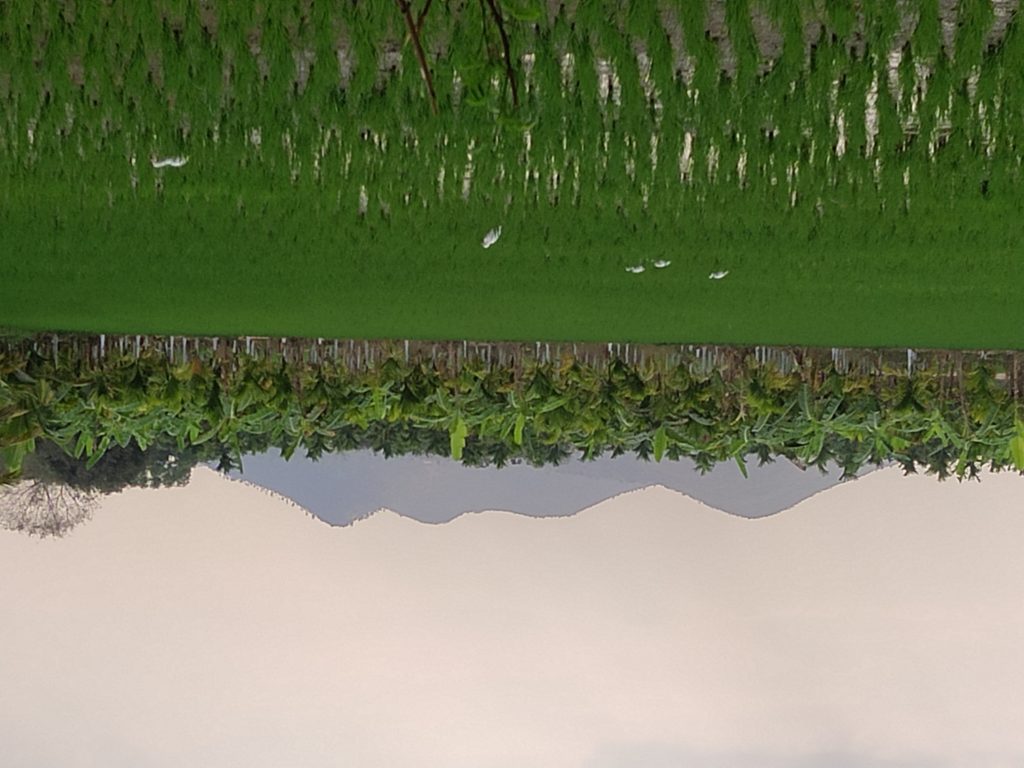
Last week, a meeting was held with people in NR Pura Range on the issue of expansion of the area. Two or three times, efforts have been made. However, people have a lot of reservations and they have resorted to a bandh over the issue, forest officials said and added the issue is being slowly pursued as it is a sensitive matter.
HIGHWAY REGULATION?
The tiger report points out that the movement of tigers from the high-density source of Nagarhole-Mudumalai-Wayanad to the sink habitats of Kudremukh-Bhadra complex is likely to be important for tiger population dynamics in this low-density landscape. Two National Highways (234, 48) and State Highways (8, 27, 37, 85, 88, 89, 91, 114) traverse through these corridors at various places. But activists say easing the movement of tigers from a high to low density landscape is a million-dollar question?

“The development along these national and state highways and other roads needs to be monitored and controlled within the forested areas. Also, the wildlife passage ways need to be commissioned to prevent these roads becoming barriers to tiger and other wildlife passage,” the tiger report concludes.
Tiger Death Statistics
Year Tiger Place/Range/Division
2020 1 female Tegurgudda Camp Road, Hebbe
2019 1 female Tegurgudda Camp, Hebbe
2019 1 female Godgall camp, Tanigebail
2017 2 males Hebbe Camp, Hebbe
(Photo Credit for all images : G Veeresh)
======================================


